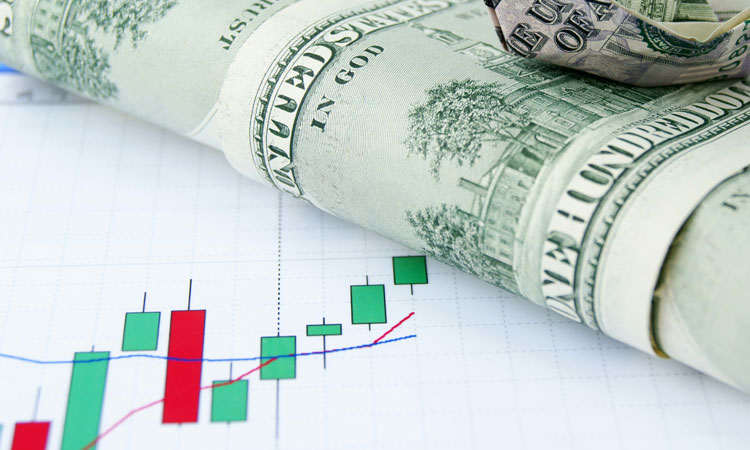
Waiting for the Fed
There was a lot of waiting going on ahead of the Federal Reserve’s annual meeting in Jackson Hole. Investors were hoping that Friday’s keynote speech by Fed chairperson Janet Yellen would shed more light on the likely course of US monetary policy and several regional chiefs contributed to the big build-up by voicing their thoughts on the matter. By and large they agreed that rates would have to go up but few were as forthright as vice-chairman Stanley Fischer had been last Monday.
The word from the Chair
When Ms Yellen did eventually say her piece it was something of an anticlimax (as had been the danger all along). Her biggest bombshell was an observation that “the case for an increase in the federal funds rate has strengthened in recent months”. She neither promised an increase before Christmas nor ruled one out, leaving investors no better informed than they had been before her speech.
Her deputy, Stanley Fischer, was rather less evasive when he appeared on TV Later the same day. Asked whether investors should be ready for a September increase and, maybe, another in November or December Mr Fischer said “Yes to both questions”. That gave investors something more solid to work with and they reacted by buying the dollar. On the week it is up by two thirds of a cent against sterling and by three times that much against the euro.
The good news
UK ecostats continued to exceed expectations. Although they were not stunning figures the numbers for manufacturing orders, retail sales and second quarter growth were all better than expected and encouraged more profit-taking by investors with positions short of the pound. Sterling took second place behind the dollar, strengthening by an average of 1.2% against the other dozen most actively-traded currencies.
The bad news
Pravin Gordhan, South Africa’s esteemed finance minister, was summoned by the police to answer questions about goings-on at the SA Revenue Service when he was in charge of it. Investors smelled a political rat and marked down the rand, making it by far the worst performing currency of the week. It fell by -6.3% over the seven days.

Waiting for the jobs numbers
Whilst investors have interpreted the mixed messages from the Fed as positive for the dollar there is still no widespread assumption that US rates will rise this year. Pricing in the financial futures market implies a 35% chance of an increase in September and a 72% probability that they will go up at some point before the end of December. Investors are hoping that Friday’s employment will provide them and the “data-dependent” Fed with more information upon which to base their decisions. Analysts predict the figures will show nonfarm payrolls increasing by around 180k in August, fractionally fewer than the average for the year to date. A substantially higher or lower number would increase or decrease the chance of early Fed action and would be likely to move the dollar.
The other important ecostats in the coming week will be the monthly round of purchasing managers’ index readings from around the world. Those from Britain are expected to show another month of slowing activity in the private sector.
Sarah, Senior Account Manager at Moneycorp
Moneycorp is one of the largest international payment companies supporting over 90 currencies. Last year Moneycorp traded over £22.6 billion worth of international money transfers. Find out how Moneycorp can help you with your international transfer here.





